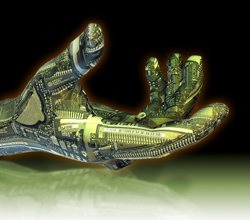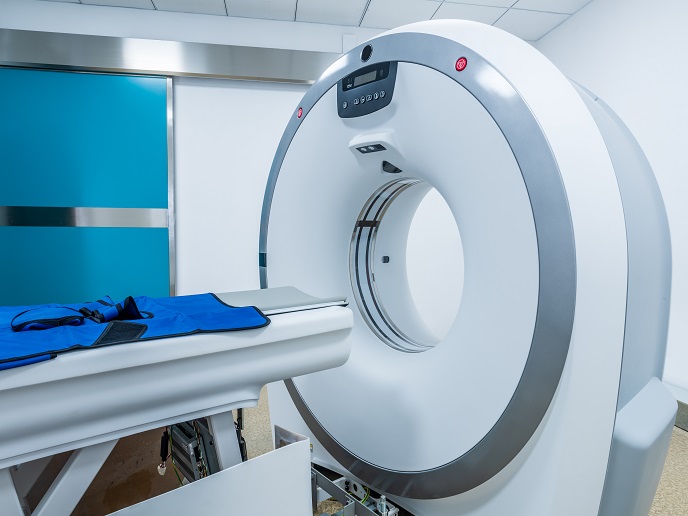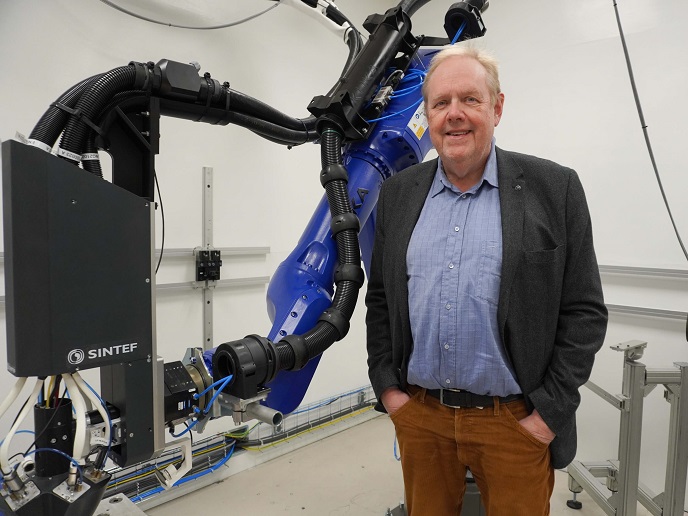Sieve electrodes for somatosensory system study
The ROSANA project explored fundamental issues arising from the artificial stimulation of the somatosensory system, which convey the sensation of touch, temperature, pain and movement of the joints. This information was used in the development of tactile prostheses. Scientists studied the relationship between stimuli to the skin and electrical activity of the sensory nerves. They also investigated the normal activity of processing neurons and the way incoming electrical signals and processing neurons interacted. This enabled researchers to produce artificial stimulation patterns for provoking neural activity in the somatosensory system. This work required a suitable sieve electrode for investigating animal behaviour. Therefore, researchers developed a polyimide based, flexible, 27 to 54 channel bi-directional regenerative sieve electrode that could be implanted. The materials used for processing the sieve electrode complied with the International Standard ISO 10993 for evaluating the biocompatibility of medical devices prior to clinical studies. Supplies for the sieve electrode included a number of types of adapters and connectors. Initial results indicated that the sieve electrode was able to receive physiological signals from an animal model. The main benefit of using a sieve electrode for recorded signals was the high level of selectivity. The sieve electrode also showed the modification of nerve anatomy following the regeneration of neurons.







